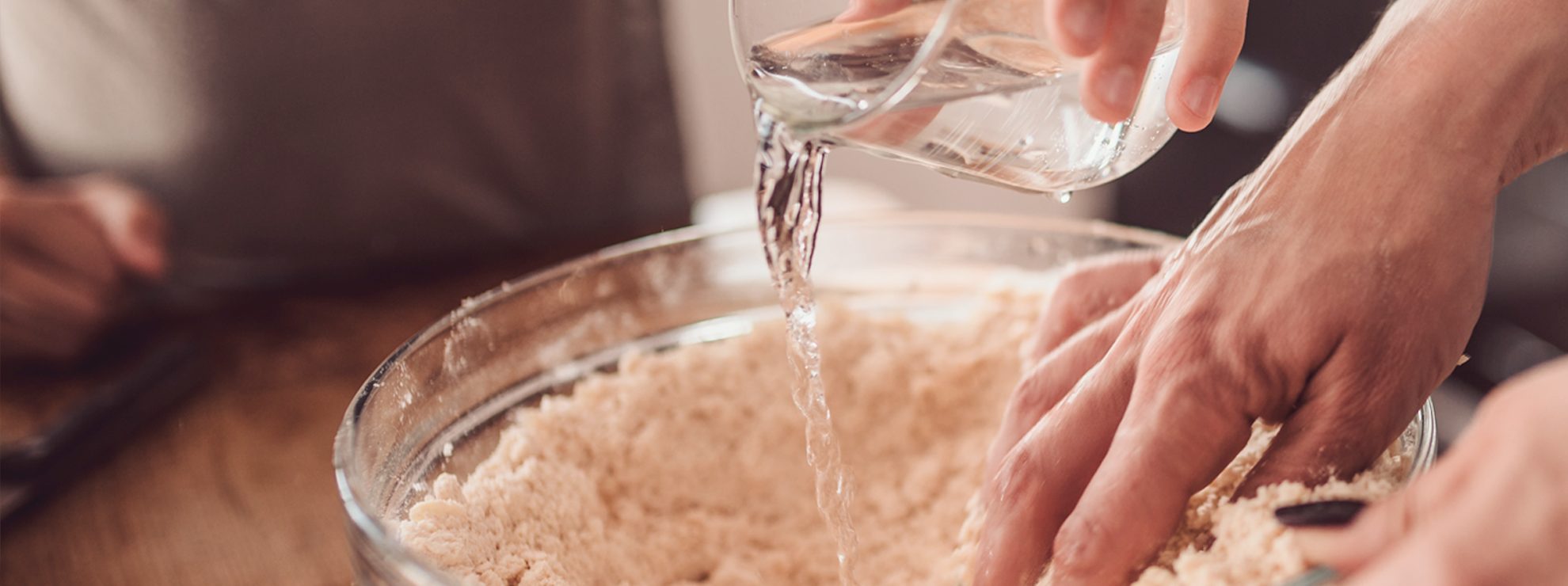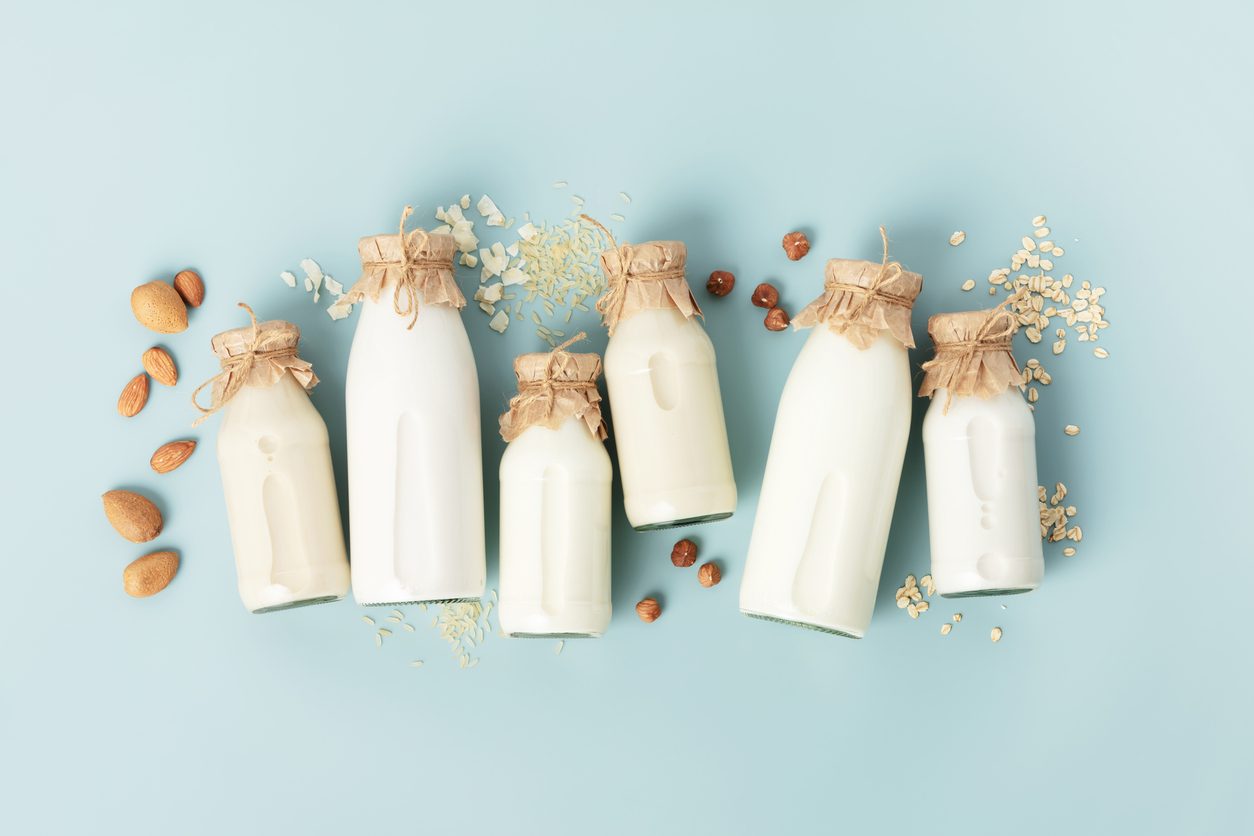Have You Heard About the Egg-substitute Aquafaba?
Aquafaba is simply a fancy word to describe the liquid (or brine) found in a can of chickpeas. The name is based on the Latin words for water (aqua) and bean (faba). If you have been throwing this liquid down the drain, you’re missing out! Aquafaba’s ability to trap air means it can be whipped in a similar way to egg whites. You can incorporate it into a batter, or make vegan meringues. Read on to find out more!
;)
Plants from the legume family (such as garden peas, chickpeas or garbanzo beans, or kidney beans) contain a large amount of starch. When cooked, these starches (amylose and amylopectin) absorb water, break down, and eventually leach out into the cooking water, together with protein. This is what ends up making the viscous liquid called aquafaba!
Aquafaba is right up there with nutritional yeast as one of a vegan’s favorite ingredients. Even though the liquid has always been known, it only really became popular in 2014, when a chef discovered it could be used in baking as an egg substitute or a foaming agent.

When you whip it, you can use it in the same way you would use whipped egg whites. This is obviously a great ingredient for vegans who can’t consume eggs. Other recipes with aquafaba include: meringues, mayonnaise, butter, and even macaroons.
There are two ways to obtain your own aquafaba. Either drain a can of chickpeas and keep the liquid, or boil your own chickpeas and use the leftover cooking liquid. The latter might not be the best option, as most bakers find that the liquid is often too thin to be used. It’s also a bit time-consuming, so you are better off just using canned chickpeas! To whip aquafaba, use a stand or hand mixer to get the best results; you can also add a pinch of cream of tartar. This will ensure your aquafaba reaches stiff peaks!
It’s important to note that, while aquafaba makes a great substitute for eggs in cooking or baking, it’s not on par when it comes to nutrients. Aquafaba is very low in protein, carbohydrates, and fats. It also has almost zero vitamins or minerals. In comparison, an egg provides you with about 6 grams of protein and 5 grams of good fats, and is still relatively low in calories (about 70 calories per egg).

Aquafaba is a great ingredient for vegans or those suffering from egg allergies. But keep in mind that it offers very little nutrients. So, if you are able to eat eggs, then you are definitely better off using them instead! Definitely experiment with aquafaba in your cooking, but don’t rely on it for nutrients.
;Resize,width=767;)
;Resize,width=712;)
;Resize,width=712;)

